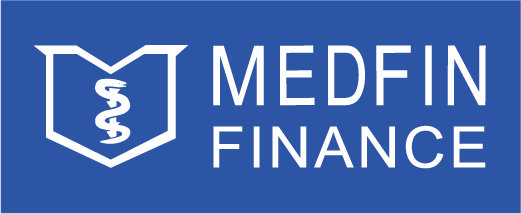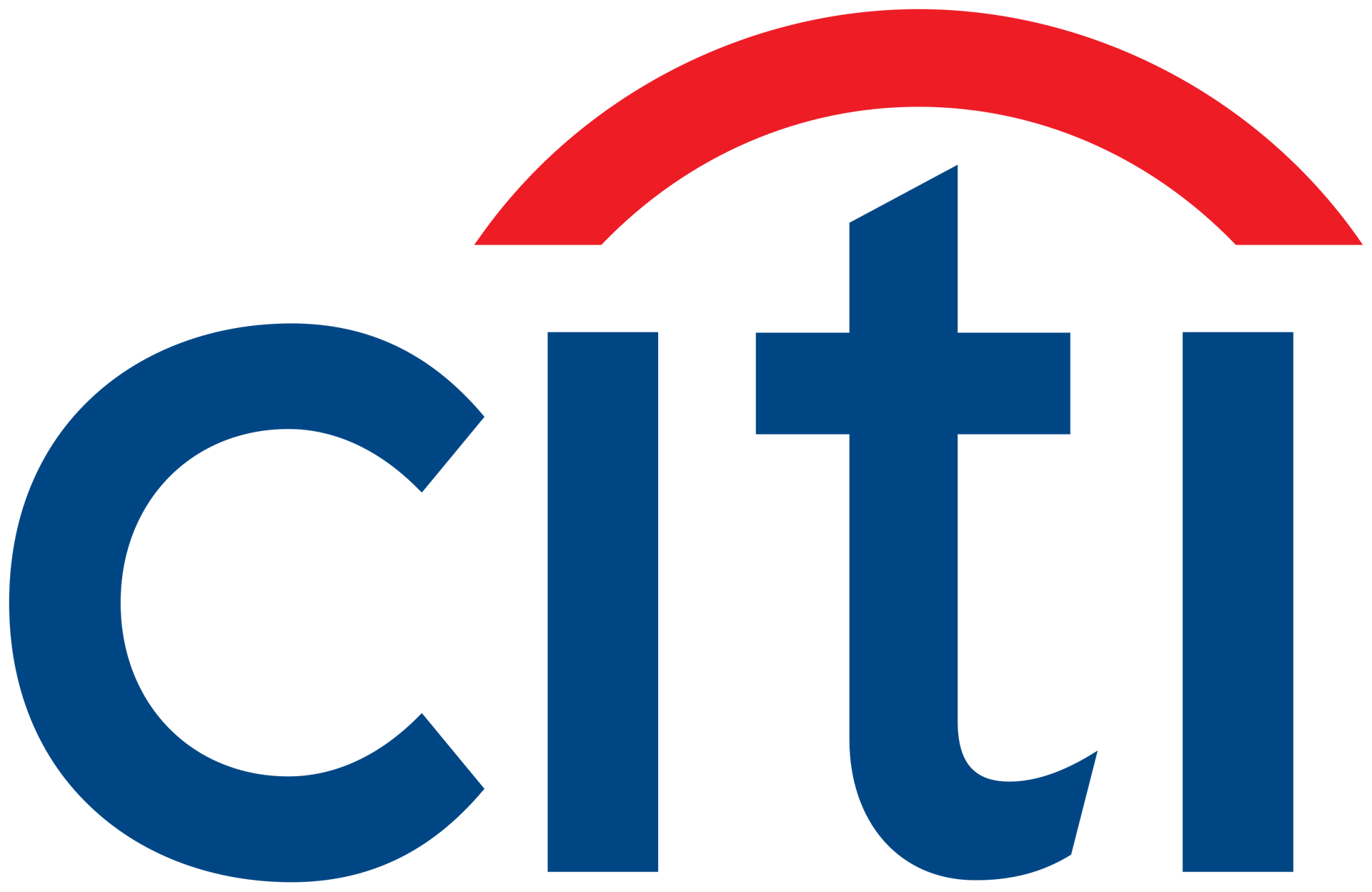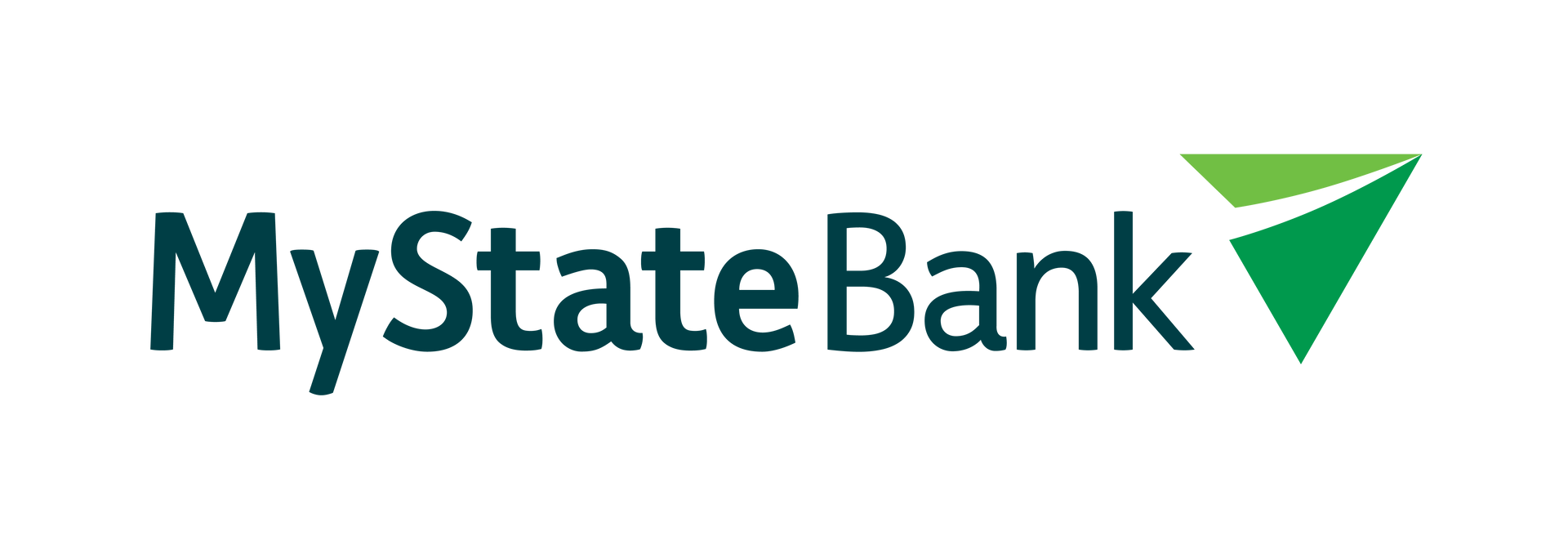What Is A Balloon Payment Car Loan?
Car loans are a great way to get behind the wheel of a new vehicle sooner without the major upfront payment. There are a range of loan options available, however one that stands out due to its unique loan structure is a balloon payment.
In this blog, we provide an in-depth overview of balloon payments, how they work and who they are beneficial for.
What is a Balloon Payment?
A balloon payment is a large, one-time payment made at the end of a loan term. Unlike regular loan payments, which are evenly distributed throughout the loan term, a balloon payment defers a significant portion of the loan balance until the end. This structure often results in lower monthly payments during the loan term. Balloon payments are commonly used in both car loans and mortgages, offering a way to make lower payments initially with a larger payment due at the end of the loan period.
How Does a Balloon Payment Work?
In a balloon payment car loan, the borrower makes regular monthly payments for a set period, typically three to five years. These payments are lower than those of a traditional car loan because they do not cover the entire loan amount. Instead, a large portion of the loan, the balloon payment, is due at the end of the term.
Example: Balloon Payment Car Loan
Let's consider a car loan of $30,000 with a 5-year term and a balloon payment of $10,000 at an interest rate of 5% per annum.
| Year | Monthly Repayment | Principal Paid | Interest Paid | Remaining Balance |
|---|---|---|---|---|
| 1 | $400 | $3600 | $1200 | $26,400 |
| 2 | $400 | $3600 | $960 | $22,800 |
| 3 | $400 | $3600 | $720 | $19,200 |
| 4 | $400 | $3600 | $480 | $15,600 |
| 5 | $400 | $3600 | $240 | $12,000 |
| END | $10,000 | $10,000 | $0 | $0 |
In this example, the borrower makes monthly payments of $400 for five years and then a balloon payment of $10,000 at the end of the term.
Example: Traditional Car Loan (No Balloon Payment)
Now, let's compare this with a traditional car loan of $30,000 with a 5-year term at the same interest rate of 5% per annum, but without a balloon payment.
| Year | Monthly Repayment | Principal Paid | Interest Paid | Remaining Balance |
|---|---|---|---|---|
| 1 | $566.14 | $4,439.68 | $1,354.00 | $25,560.32 |
| 2 | $566.14 | $4,666.97 | $1,126.71 | $20,893.35 |
| 3 | $566.14 | $4,905.72 | $887.96 | $15,987.63 |
| 4 | $566.14 | $5,156.50 | $637.18 | $10,831.13 |
| 5 | $566.14 | $5,419.99 | $373.69 | $5,411.14 |
| END | $566.14 | $5,411.14 | $28.05 | $0 |
In this example, the borrower makes monthly payments of $566.14 for five years, with no balloon payment at the end. The total loan amount is paid off by the end of the term through higher monthly payments.
Balloon Payment vs. Traditional Loan
To better understand the financial impact, let's compare the total payments made in each scenario over the 5-year term.
Balloon Payment Car Loan:
- Monthly Payment: $400
- Total Monthly Payments: $400 x 60 = $24,000
- Balloon Payment: $10,000
- Total Payment: $24,000 + $10,000 = $34,000
Traditional Car Loan:
- Monthly Payment: $566.14
- Total Monthly Payments: $566.14 x 60 = $33,968.40
Summary:
- Balloon Payment Car Loan: Lower monthly payments of $400, but a large final payment of $10,000, resulting in a total payment of $34,000.
- Traditional Car Loan: Higher monthly payments of $566.14, resulting in a total payment of $33,968.40 with no balloon payment.
While the total amount paid is almost the same in both scenarios, the key difference lies in the monthly payment amounts. The balloon payment car loan offers significantly lower monthly payments, making it easier to manage cash flow. However, it requires careful planning to handle the large final payment. In contrast, the traditional car loan spreads the cost evenly across the loan term, with higher monthly payments but no large final payment.
The Pros of Balloon Payments
- Lower Monthly Payments: The primary advantage is the reduced monthly payments compared to traditional car loans, making it easier for borrowers to manage their cash flow. This can be particularly beneficial for individuals or businesses with fluctuating incomes.
- Flexibility: Borrowers can use the lower monthly payments to invest or save for the balloon payment. This flexibility allows for better financial planning and the potential to grow savings over time.
- Shorter Loan Terms: These loans often come with shorter terms, allowing borrowers to pay off the vehicle faster if they can handle the balloon payment. Shorter terms can also mean paying less interest over the life of the loan.
The Cons of Balloon Payments
- Large Final Payment: The significant balloon payment at the end of the term can be challenging for some borrowers to manage. Without proper planning, this can lead to financial strain.
- Higher Total Interest: Because the principal remains higher for longer, borrowers might end up paying more in total interest. This is an important consideration when calculating the overall cost of the loan.
- Refinancing Risks: If borrowers plan to refinance the balloon payment, they may face risks such as higher interest rates or changes in creditworthiness. Market conditions at the time of refinancing can significantly impact the terms of a new loan.
What Happens at the End of the Loan Term?
At the end of the loan term, the borrower must make the balloon payment. Failure to do so can result in default, leading to potential repossession of the vehicle. It's crucial to plan ahead and ensure that funds or financing options are available for the balloon payment. Borrowers should start planning for the balloon payment as early as possible, considering savings plans or alternative financing options.
What Are My Options When Balloon Payment is Due?
When the balloon payment is due, borrowers have several options:
- Pay the Balloon Payment: If funds are available, the borrower can make the balloon payment in full. This option is straightforward but requires significant financial preparation.
- Refinance: The borrower can refinance the balloon payment into a new loan, extending the repayment period. Refinancing can provide more manageable payments but may come with additional costs or higher interest rates.
- Sell the Vehicle: Selling the vehicle can provide the funds needed to cover the balloon payment. This is a viable option if the vehicle's market value exceeds the balloon payment.
- Trade-In: Trading in the vehicle for a new one can help offset the balloon payment. This option is suitable for borrowers looking to upgrade their vehicle while managing the final payment.
Who Benefits from Balloon Payments?
Balloon payments are beneficial for:
- Business Owners: Businesses that can use the lower monthly payments to manage cash flow. This can free up capital for other business investments or expenses.
- Short-Term Car Owners: Individuals planning to own the car for a short period and sell it before the balloon payment is due. This strategy can be advantageous for those who frequently change vehicles.
Reasons to Consider Balloon Payments
- Affordability: Lower monthly payments can make higher-end vehicles more accessible. This can be particularly attractive for individuals looking to drive a more expensive car without higher monthly payments.
- Cash Flow Management: Ideal for individuals or businesses needing to manage monthly expenses effectively. Lower payments can help balance budgets and improve financial stability.
- Flexibility: Provides the opportunity to invest savings or plan financially for the future. Borrowers can allocate the savings from lower payments towards other financial goals or investments.
What's the Difference Between Balloon Payments and Residual Payments?
While both balloon payments and residual payments involve a large payment at the end of a term, they differ in their application:
- Balloon Payments: Typically associated with loans, where the borrower owns the vehicle after the final payment. The balloon payment is a large final instalment that must be paid to settle the loan.
- Residual Payments: Common in lease agreements, where the lessee can pay the residual amount to purchase the vehicle at the end of the lease. Residual payments are predetermined and often reflect the estimated value of the vehicle at the end of the lease term.
Balloon Payment FAQs
Do balloon payments impact resale value?
Balloon payments themselves do not directly impact resale value. However, the condition and mileage of the vehicle can affect its market value. It's important to maintain the vehicle to preserve its resale value.
Can I refinance my balloon payment?
Yes, refinancing is a common option for managing balloon payments. It's advisable to explore refinancing options before the balloon payment is due. Check with various lenders to find the best terms and interest rates for refinancing.
Can I sell my car with a balloon payment?
Yes, you can sell your car. The sale proceeds can be used to cover the balloon payment. Ensure that the sale price covers the balloon amount to avoid financial shortfalls.
Can I trade in my car with a balloon payment?
Trading in your car is an option. The trade-in value can help offset the balloon payment amount. Discuss trade-in options with your dealer to understand how it can affect the final payment.
Is a balloon payment tax deductible?
For businesses, the interest portion of the car loan, including balloon payments, may be tax-deductible. It's best to consult with a tax advisor to understand the specific tax implications and benefits.
Can I pay off my balloon payment early?
Yes, early repayment is usually possible, but it's important to check with your lender for any potential penalties. Early payment can save on interest but may incur early repayment fees.
Can I extend my balloon payment?
Extension options depend on the lender's policies. Some lenders may allow an extension, while others may not. Discuss extension options with your lender if you anticipate difficulty in making the balloon payment.
Conclusion
Balloon payment car loans offer an alternative financing solution with lower monthly payments and flexibility, however a larger one-off payment at the end of the loan term.
If you're considering a balloon payment car loan, the team here at Your Advisor Group will provide professional guidance to help you navigate your
car loan options. Contact us today.
Written By Tyler Cornish
Tyler is the principal mortgage broker at Your Advisor Group and has been in the industry for nine years. His experience and knowledge allow YAG’s clients to receive the highest chance of loan approval. Having helped all types of clients from first home buyers to experienced investors, Tyler takes the time to educate all his customers throughout their loan applications.




















